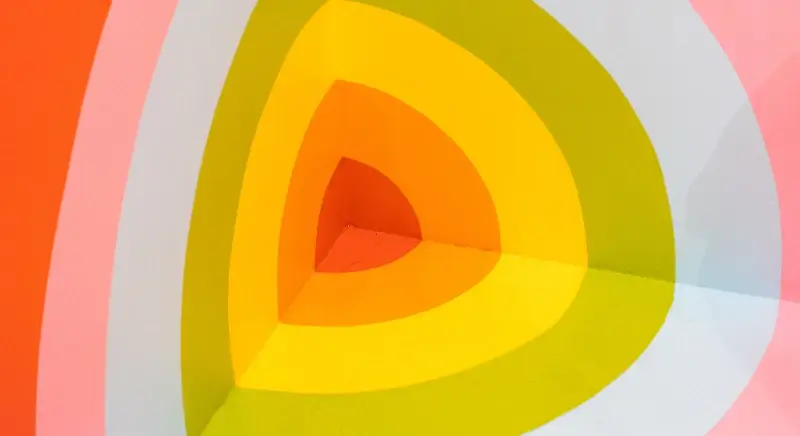IA and UX planning in the print design process happen at both the macro level of the overall document, and the micro level of individual pages and spreads. There are some key differences when planning user experience for print vs. digital, but also a lot of similarities.
Organizing the narrative arc of a printed piece
An engaging user experience always starts with thoughtful strategic planning. Sample macro-level starter questions include:
- What’s the purpose of this piece?
- What do you know about your audience(s) that can help shape your approach?
- What information do you want to communicate? (Outlines can help)
- How does each piece of the narrative unfold, literally and figuratively?
- Where can we use imagery and visuals to enhance retention?
- What’s the call to action?
- How does all of this support a positive experience with your brand?
Pagination mapping and narrative flow: like wireframes for print
Once we have a basic strategic plan, we map out the overall flow of ideas including what information and features go on which pages.
On the macro level, we’re grouping ideas together and then sequencing and pacing them to present the right information at the right time in the reader’s journey through the piece. We’re mapping out how all the pieces flow together to create a cohesive, logical start-to-finish story.
On a micro level, our pagination maps help us plan length of copy for each area and roughly how we want to balance text, images and special features. Each page, panel, spread or section serves a purpose.
This initial mapping varies depending on the type and length of the piece. Our pagination maps for impact reports, case statements or pitch booklets often have a spread-by-spread, step-by-step progression along the storyline to end with a clear call to action. A map for a publication report could have section-oriented design with milestones to break up longer-form content into digestible chunks. For fold-out printed materials such as brochures, we plan what content the reader experiences at each stage as the piece is unfolded.
Navigation along linear and non-linear user paths
When we design website information architecture and user experience, we’re expecting people to move through it via different paths depending on their interests. We plan larger websites assuming many visitors will drop in through a random interior page—via a social media post or search results link, for example—and may never even see the home page.
When we design print collateral, we expect most visitors will start with the front cover and move through a linear storytelling experience that has a beginning, middle and end. With longer publications, we know some visitors may jump to and from different parts of the content. When appropriate, we also build in way finding elements such as page numbers and tables of contents to make navigation easier.
User experience through branding and visual design
Once we have a solid pagination map, we use design principles like hierarchy, contrast and white space to create effective eye flow and pacing throughout the document. We pay special attention to how we can use design to make the content digestible and easy to understand. We apply your brand standards (e.g. typography / fonts, color, image guidelines and iconography) carefully and consistently to support the user’s positive experience with your brand—and your organization as an extension.
Wondering how we can help with your next project? Get in touch!
Photo by Jason Leung on Unsplash



